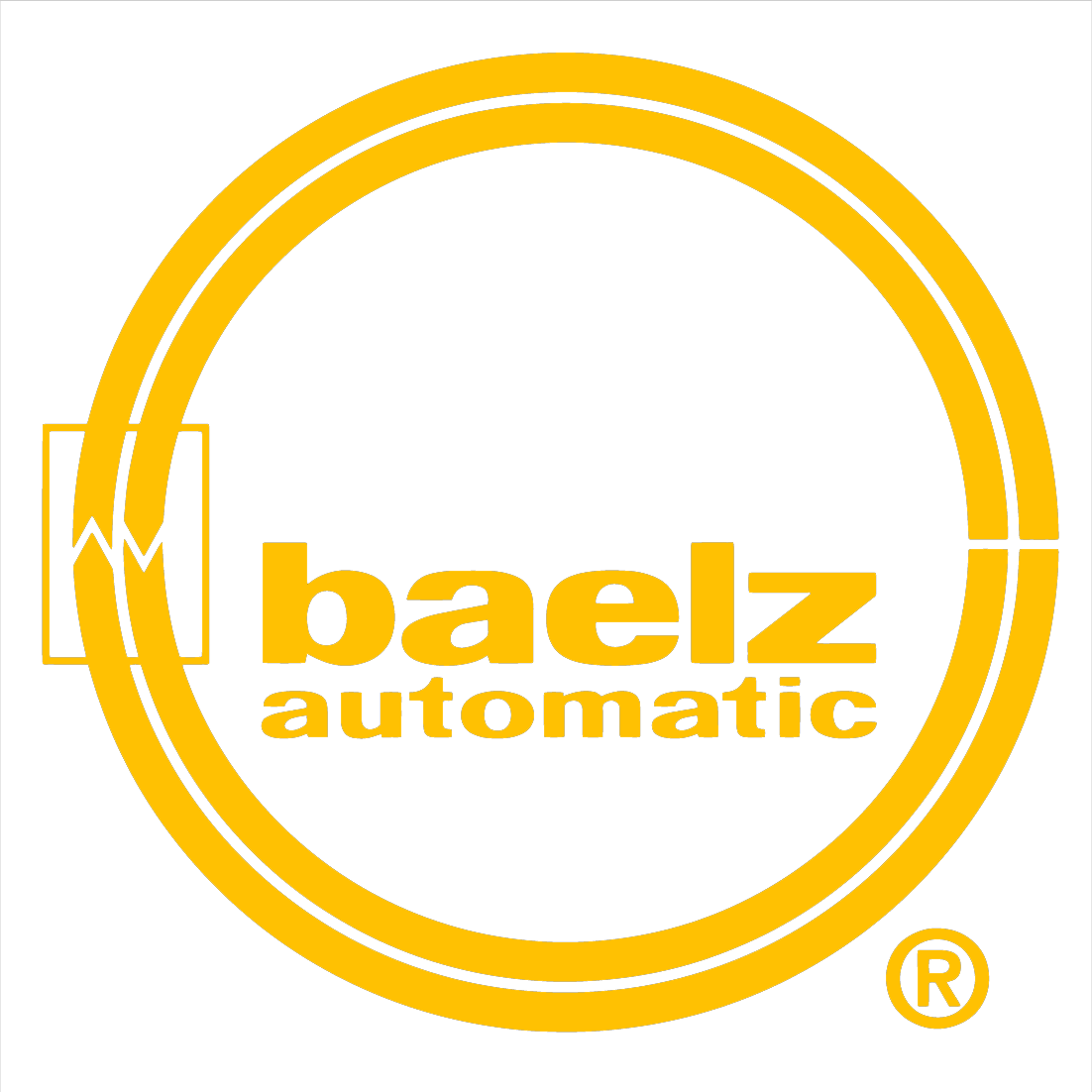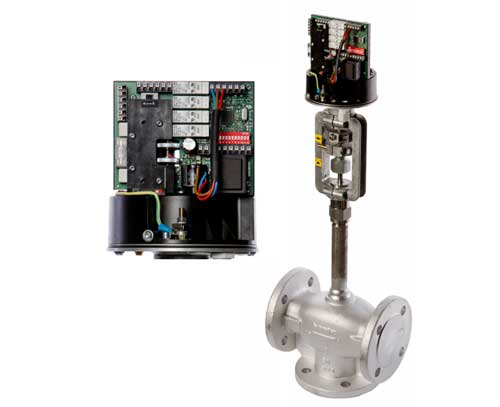At Baelz, our commitment to high-quality products and a long service life goes hand-in-hand with low energy consumption, and our controllable components are a crucial part of this equation. At Baelz, we believe efficiency equals sustainable planning, reduced system components, consistently high quality, less energy consumption, and guaranteed long service life. This approach has helped our clients save money, reduce downtime, and improve production. Energy-saving automatic components offered by Baelz include Actuators, Control Valves, Controllers, and Ejectors.
Recent Posts
Control valves play an essential role in the fluid handling and processing equipment of a wide range of industries. For this reason, it is important to keep them properly maintained and repaired. Otherwise, there is a risk of component failure, which can lead to unplanned downtime and, in severe cases, system damage or breakdown.
In fluid handling and processing systems, control valves play a critical role—i.e., regulating the flow and pressure of fluids to within an acceptable range for maximum operational efficiency and operator safety. As such, they must be regularly subjected to inspection and maintenance operations to ensure they remain in proper working order. Failure to maintain them can lead to lower processing efficiency and, in extreme cases, component or system failure.
Valves are critical to maintaining control of flow, temperature, and pressures in fluid systems. However, achieving this goal necessitates selecting, installing, and maintaining the correct control valve(s). Any operational issues within a valve can lead to problems within the overall system, up to and including system failure. As such, attaining a thorough understanding of the causes and symptoms of valve failure is essential for proper system maintenance.
In all manufacturing processes, the key to increasing the efficiency of your production is ensuring that you limit the amount of downtime and maintenance time. For this reason, the experts at Baelz North America highly recommend investing in spare parts inventory. In doing so, companies can eliminate unexpected downtime of production.
The E66 electric linear actuators utilize a motor to turn the spindle of the actuator up or down in order to push or pull the control to move the valve to a desired position. They are best used in applications where precise control and positioning are required.
A digital valve positioner uses input and output signals to position a valve in such a way that it meets predetermined required ranges for flow and temperature. It is useful for continuously monitoring input and output signals and comparing them to the actuator's actual physical position.
Valves play a crucial role in almost all industrial processes. These devices regulate, redirect, or control the flow of liquids or gases by opening, closing, or partially blocking flow passages. There are numerous types of valves, each differing in various ways, including operating principle, configuration, power source, and application.
Linear valve actuators are connected to a control valve to create motion that will perform the open/close valve operation. This motion can either be pneumatically or electrically generated, depending on the type of actuator in use. Some industrial processes may require electric linear actuators for precision valve control, while other processes employ pneumatic linear actuators which can rapidly execute valve operation.
The American National Standards Institute (ANSI) is a nongovernment, nonprofit organization that coordinates U.S. industry standards with international standards so that U.S. products can reach the global market. In essence, ANSI serves as an accreditation body for standards developed by other organizations, companies, consumer groups, and government agencies.
The Deutsches Institut für Normung (DIN), or the German Institute for Standardization, serves a similar function. However, DIN is a government organization that embodies German concerns within the framework of European and International standards. DIN has a wide reach, and over 30,000 DIN standards provide comprehensive coverage for various products and technologies.



.jpeg)

.png)



